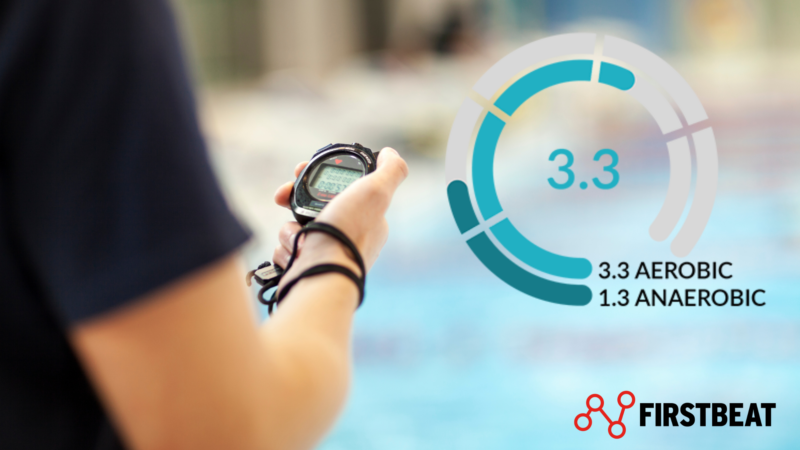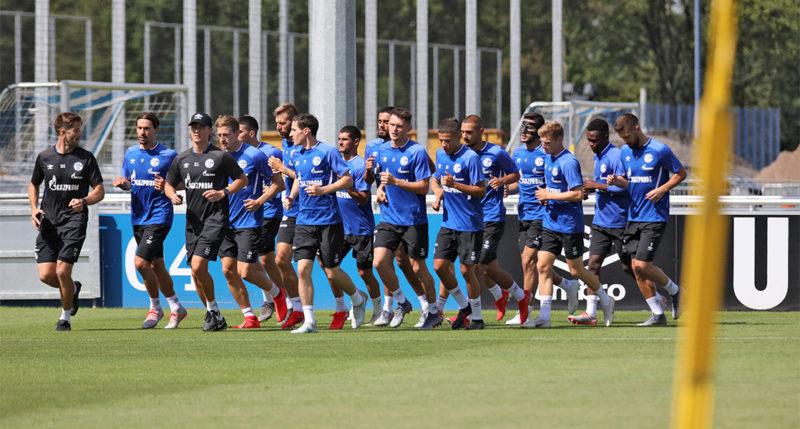
Physiology at Firstbeat
Training Elicits Disturbance of Homeostasis
EPOC is a physiological measure that reflects the recovery demand and the disturbance of body’s homeostasis brought by the exercise. Formally expressed, it is the volume of excess post-exercise oxygen consumed reported in liters or ml/kg. Analysis of EPOC can be used to measure the load of individual training sessions. The original method for EPOC measurement involved capturing respiratory gases in laboratory conditions after exercise. While highly informative, the laboratory method was difficult to perform to have broad real-world applicability.
Recognizing the importance of EPOC for effective training programming and the limitations posed by laboratory testing, Firstbeat developed an algorithm capable of effectively predicting EPOC already during the ongoing exercise from heart beat data.
Firstbeat White Paper: EPOC (Excess Post-Exercise Oxygen Consumption)
How Hard Was My Training Session?
Training Effect (TE) represents the degree of homeostasis disturbance resulting from a session of physical activity. The Training Effect is based principally on EPOC values during exercise, which is further scaled based on the individuals fitness or activity level. The higher the TE-value the higher is also the expected increase in maximal performance after the exercise. EPOC (and TE) gets higher when either exercise intensity or duration is increased.
Training Effect describes the effect of exercise on a 0-5 scale:
0.0 – 0.9 = no effect
1.0 – 1.9 = minor effect (recovery training)
2.0 – 2.9 = maintaining effect
3.0 – 3.9 = improving effect
4.0 – 4.9 = highly improving effect
5.0 = temporarily overreaching effect
It is important to remember that a high TE is not needed in every exercise – for example doing an fitness-improving exercise session (TE e.g. 3.0) at least once a week combined with two weekly maintaining exercise sessions (TE e.g. 2.0) is enough to maintain (in trained individuals) or even improve (in sedentary individuals) the person’s aerobic fitness.
Related Articles





